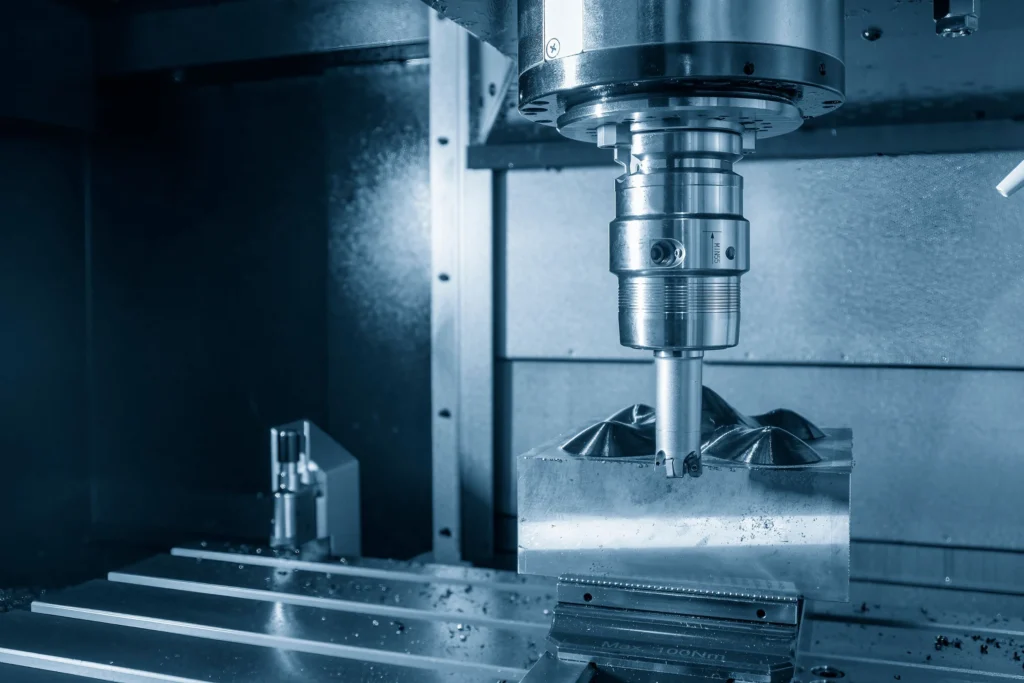LEARNING OBJECTIVE
- To provide fundamental knowledge of mould design principles
- To identify key components within a mould structure
- To increase awareness of tooling maintenance and troubleshooting aspects
WHO SHOULD ATTEND
- Moulding Technicians
- Production Engineers
- Experienced Injection Moulding Operators
- New technical trainees in plastic industry
TRAINING METHODOLOGY
- PDF notes/slides
- Worksheets & quizzes
- Sample mould drawings / 3D files
COURSE OUTLINE
DAY 1: Mould Design Essentials
Morning Session:
1.0 Introduction to Injection Moulding
- Types of moulding methods
- Basic process flow of injection moulding
- Role of moulds in determining product quality
2.0 Types of Mould
- 2-plate vs 3-plate moulds
- Hot runner vs cold runner systems
- Special moulds: stack and family moulds
3.0 Mould Component Breakdown
- Core & cavity
- Sprue, runner & gate (types and functions)
- Ejector systems (pin, blade, sleeve)
- Cooling systems
- Venting and air traps
Afternoon Session:
4.0 Basic Design Considerations
- Draft angle, wall thickness
- Parting line placement
- Shrinkage and warpage
- Suitable material selection for design
5.0 Design Flaws & Practical Examples
- Flash, short shot, burn marks
- Product defect analysis from moulding perspective
DAY 2: Tooling and Maintenance
Morning Session:
6.0 Tooling Material & Manufacturing
- Common mould materials (P20, H13)
- EDM, CNC machining, polishing
- Surface treatments (nitriding, chrome plating)
7.0 Mould Assembly & Setup
- Mould installation on machine
- Safety precautions during setup
- Dry run and alignment check procedures
Afternoon Session:
8.0 Maintenance & Troubleshooting
- Preventive vs corrective maintenance
- Common moulding defects and tooling causes
- Cleaning, lubrication, and inspection checklist
9.0 Group Case Study
- Video or image analysis of real-case moulding problems
- Identify issues and suggest improvements
- Group presentations and discussion
Wrap-Up: Lessons Learned, Final Q&A, and Action Planning


